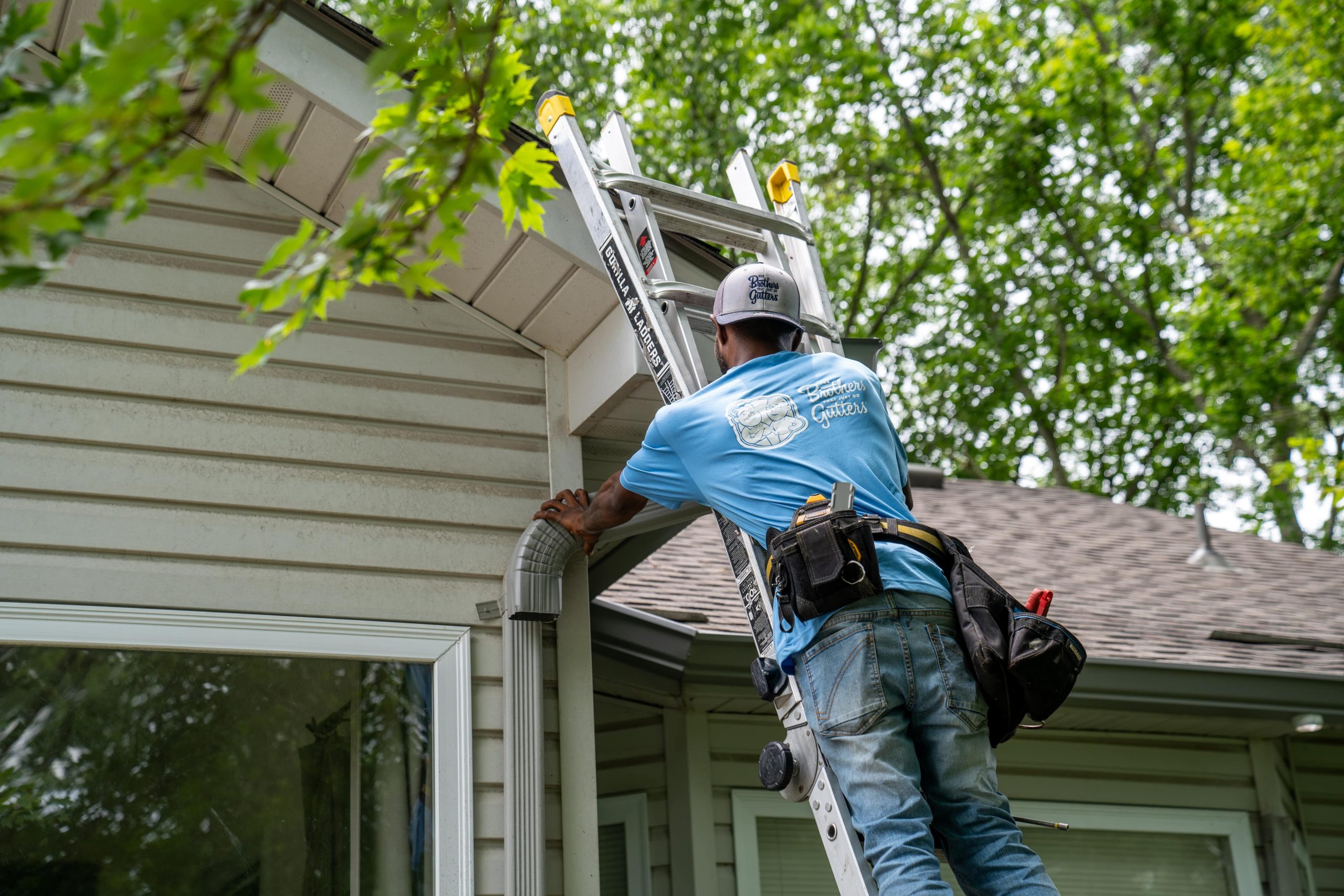
Gutters play a crucial role in protecting homes from water damage by directing rainwater away from the foundation. Whether you are installing new gutters or replacing old ones, transporting gutter lengths requires careful planning and execution. Improper handling can lead to damage and compromise the effectiveness of the gutter system. This article provides essential tips and best practices for homeowners in New Boston, NH, on how to transport gutter lengths safely and efficiently.
Preparing for Transportation
Before transporting gutter lengths, it’s important to prepare adequately to ensure a smooth and hassle-free process. Here’s what you need to do:
Measurements: Take accurate measurements of the gutter lengths to determine the space needed for transportation and ensure they fit properly on the vehicle.
Protection: To prevent damage during transportation, consider investing in protective covers or padding to shield the gutters from scratches, dents, and other physical damage.
Securement: Use straps, bungee cords, or other securement devices to fasten the gutter lengths to the vehicle securely. This will prevent them from shifting or falling off during transit.
Choosing the Right Vehicle
Selecting the appropriate vehicle for transporting gutter lengths is essential to ensure their safety and integrity. Consider the following factors when choosing a vehicle:
Size: Ensure the vehicle has enough space to accommodate the gutter lengths without bending or damaging them.
Protection: Opt for a vehicle with a covered cargo area or the capability to attach protective covering, especially if transporting gutters during inclement weather.
Stability: Choose a vehicle with a stable and level surface to minimize the risk of the gutters sliding or shifting during transportation.
Loading and Unloading Procedures
Proper loading and unloading procedures are critical for ensuring the safety of the gutter lengths and the individuals involved in the transportation process. Follow these guidelines:
Careful Handling: When loading the gutter lengths onto the vehicle, handle them with care to avoid causing any damage. Avoid dragging or dropping them, as this can lead to dents or deformations.
Balanced Distribution: Distribute the weight of the gutter lengths evenly across the vehicle to maintain stability and prevent uneven pressure on specific areas of the gutters.
Secure Fastening: Double-check that the gutter lengths are securely fastened to the vehicle using appropriate straps or fasteners. This step is crucial to prevent the gutters from becoming dislodged during transit.
Safe Driving Practices
While transporting gutter lengths, safe driving practices are essential to ensure the safety of the cargo and other road users. Keep the following tips in mind:
Steady Speed: Maintain a steady and moderate speed to minimize the risk of sudden movements that could dislodge the gutter lengths.
Defensive Driving: Practice defensive driving techniques, such as maintaining a safe following distance, to anticipate and avoid potential hazards on the road.
Weather Considerations: Adjust your driving behavior to account for adverse weather conditions, such as rain, wind, or snow, which can affect the stability of the gutter lengths during transportation.
The core message
Transporting gutter lengths requires careful planning, attention to detail, and a commitment to safety. By following the best practices outlined in this article, homeowners in New Boston, NH, can ensure that their gutter lengths reach their destination intact and ready for installation. Remember to measure carefully, choose the right vehicle, secure the gutters properly, and practice safe driving to protect your investment and maintain the integrity of your gutter system.
Get Free Quote: Brothers Gutters of Merrimack Valley serves the zip codes 03070 and surrounding areas.

